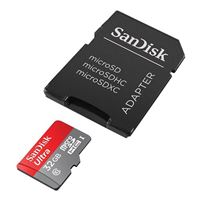AnandTech Yr In Analysis 2020: Flagship Mobile
We’re just some days away from ending the 2020 calendar yr, and it’s been a reasonably a busy yr for everybody. In events of troubles, the smartphone commerce had been beneath a two-prong assault from every an monetary stand-point along with the from a product maturity standpoint – trying exhausting to innovate with new choices to steer prospects to enhance their earlier period devices. This yr, we’ve seen plenty of new commerce developments make breakthrough advances by the use of experience in smartphones, previous the plain elephant inside the room, by which 2020 may be remembered by: Giant digital digicam sensors, 120Hz reveals, plenty of large SoC strikes, 5G, and several other different totally different vendor product choices.
Giant Sensors go Mainstream
Although a subjective opinion, what I view as most likely essentially the most very important developments in 2020 mobile devices has been the widespread adoption of larger digital digicam sensors. Whereas in years earlier, Huawei had been the notable exception to the rule by the use of adopting larger digital digicam sensors of their smartphones, this yr, we’ve seen nearly all individuals make the transition to larger codecs – each 1/1.78” sensors and even the model new humongous 1/1.33” beasts in some flagships.
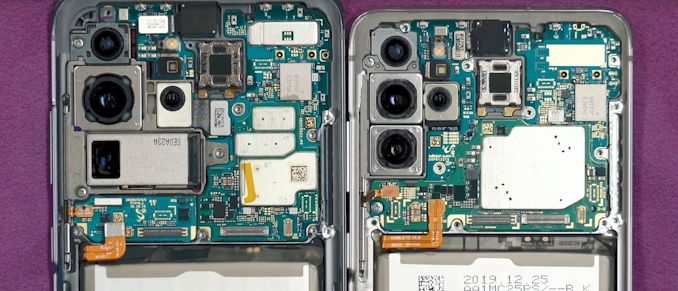
Galaxy S20 Extraordinarily & Galaxy S20+
Bigger sensors as a rule implies that distributors are able to make use of bigger pixels – which in flip ends in greater dynamic differ performance and better low light captures. This yr we’ve seen many flagships not lower than undertake a 1/1.78” sensor which is notably larger than earlier period 1/2.3” or 1/2.5” objects – resulting in 12MP 1.8µm pitch objects like on the model new S20 sequence and one other distributors akin to Sony.
Completely different distributors have opted to go even bigger – ranging from 1/1.3” to 1/1.4” sensors. Primarily essentially the most notable and talked about has been Samsung’s new 108MP objects inside the S20 Extraordinarily and Note20 Extraordinarily sequence. Although the high-pixel rely sensors deployed on these devices have questionable benefits of their native choice, the pliability to bin 3×3 pixels all the best way all the way down to an 12MP image means we’re environment friendly light gathering capabilities identical to that of a 2.4µm pixel pitch sensor, one factor successfully previous totally different current sensors on the mobile market.
We’ve seen variations of these massive sensors – Xiaomi moreover makes use of a 108MP native unit nevertheless bins down by 2×2 to a 27MP seize mode usually use-cases, whereas OnePlus had opted for a barely smaller 1/1.4” sensor inside the OnePlus 8 Skilled with a 48MP native choice, binning all the best way all the way down to 12MP.
The big caveat with these huge sensors is their optics packages – many events the plastic lenses can’t maintain with the choice of the sensors, partly negating just a few of their traits, making a number of the 108MP contenders comparatively gimmicky in real-world conditions.
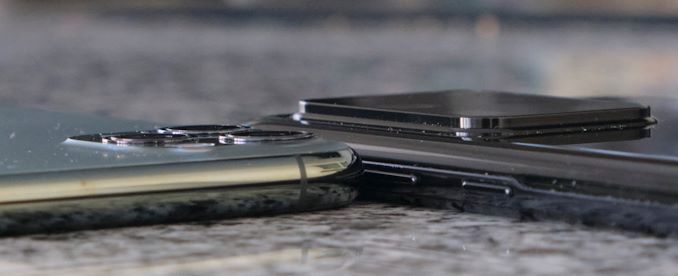
iPhone 11 Skilled vs Galaxy S20 Extraordinarily
The alternative huge problem with larger sensor sizes is that they require a much bigger z-height of the digital digicam module, which suggests larger digital digicam bumps. And oh boy, we did get some truly funky wanting digital digicam bumps on this yr’s devices, akin to the massive design ingredient on the S20 and Phrase Ultras.
Related Finding out:
120Hz, An Practically Ought to
One different huge enchancment this yr has been the mainstream adoption of extreme refresh cost present panels. Whereas in 2019 90 or 120Hz reveals had been distinctive or reserved for specific gaming-oriented telephones, in 2020 it might presumably be said that it was a checkmark attribute for practically every vendor, primarily eliminating 60Hz from nearly all new product releases bar the mid-range or low-end.
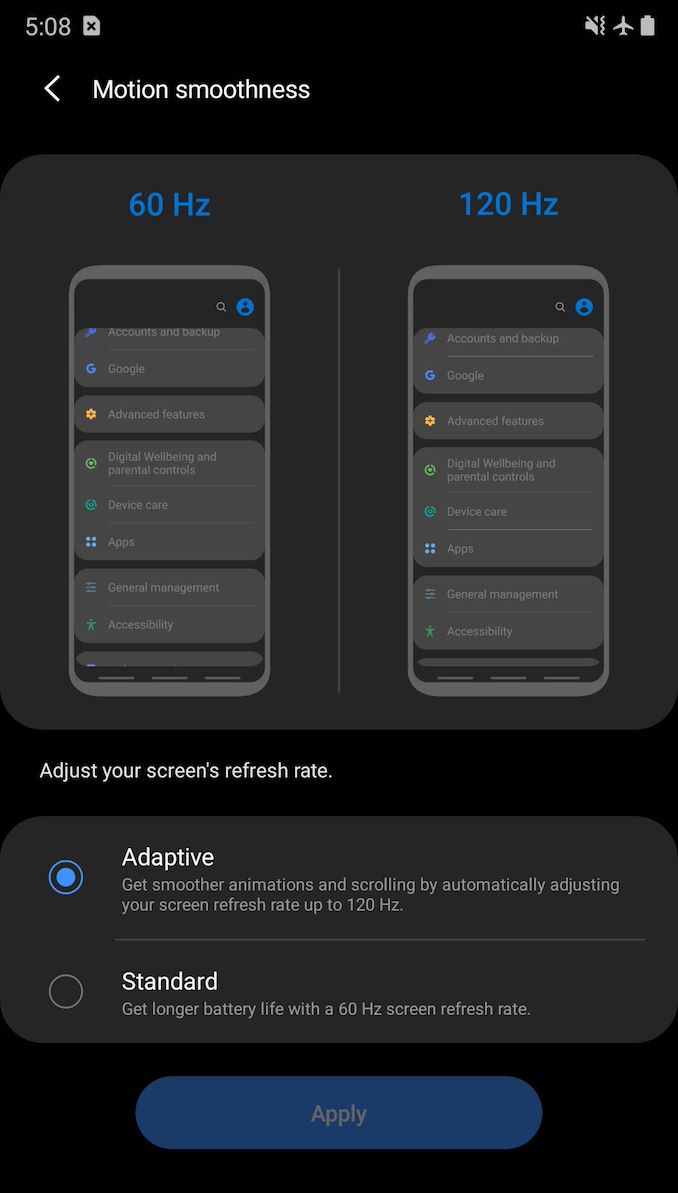
Though 120 and 90Hz reveals this yr undoubtedly have augmented the fluidity and client experience of flagship devices, solely the Note20 Extraordinarily was the one gadget which was ready to undertake this with comparatively few drawbacks, due to its new polycrystalline and oxide panel experience. For the rest of the market, 120Hz obtained right here with a relatively larger battery have an effect on, which suggests the model new fluidity obtained right here with a software longevity compromise.
For 2021, I see additional distributors undertake the model new 120Hz attribute in a additional optimised technique that improves upon the battery consumption, maturing the experience to some extent the place it turns right into a no brainer to have it enabled by default.
Related Finding out:
Exynos Core Dying (& Revival?)
Persevering with with our takes on key {{hardware}} factor modifications in 2020, one large switch has been Samsung’s abandonment of their personalized CPU cores of their Exynos chipsets. Struggling with power effectivity and effectivity competitiveness for plenty of years now, Samsung LSI lastly decrease the wire on their personalized CPU core design enterprise and workforce, opting to instead completely rely on Arm’s future Cortex CPU IP for next-generation Exynos SoCs.
We had been masking Samsung’s cores intimately for plenty of years now, and it’s unfortunate to say that the enterprise’s cancellation might be going the best-case scenario for future Exynos SoCs, dropping one in all many chip’s most detrimental parts – and in flip most likely result in significantly greater designs in 2021, hopefully eliminating just a few of the effectivity and power effectivity variations between Snapdragon and Exynos Galaxy telephones.
Related Finding out:
MediaTek Dimensity Resurgence
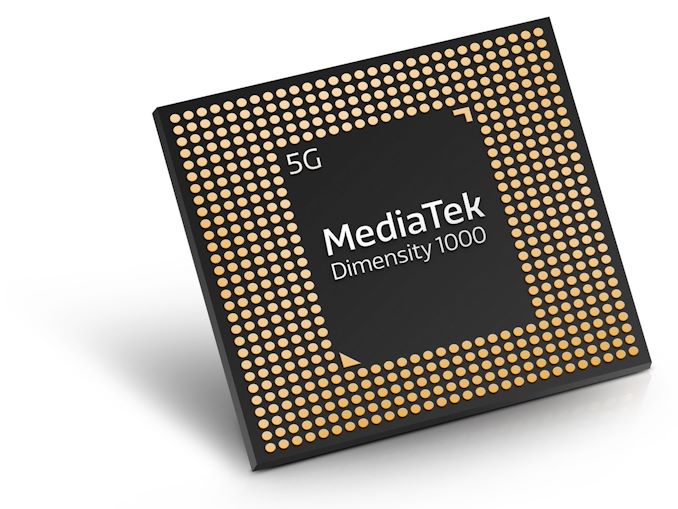
2020 marked MediaTek’s re-entry into the high-end SoC market, introducing the model new Dimensity 1000 SoC. Although the model new design was off to a very gradual start with just a few design wins inside the first half of the yr, the company’s efforts inside the mid-range Dimensity sequence has ends in a substantial quantity of design wins, and in response to Counterpoint Evaluation, allowed the company to actually place itself as a result of the #1 SoC distributors in Q3 2020, taking market share from the likes of Qualcomm.
We had reviewed the Dimensity 1000 contained in the OPPO Reno3 5G and positioned it to be a beautiful SoC by the use of effectivity and effectivity – what’s truly lacking though is a additional prestigious high-volume design win that has additional visibility. Hopefully MediaTek manages to understand such a design in 2021.
Related Finding out:
5G for Most
Whereas 5G has been a premium “the model new issue” attribute in some 2019 devices, it might be said that it’s truly in 2020 the place the model new cell communication customary has truly been adopted as a mainstream experience in new smartphone merchandise. Practically every new Android flagship gadget has had 5G as a selling degree in 2020, and with Apple’s launch of 5G-only iPhone 12 sequence, we’ll nearly say we’ve made a turning degree between 4G and 5G.
Although cell networks in a lot of worldwide areas are nonetheless in deployment and it’ll perhaps be just some years sooner than 5G turns into ubiquitous for everybody, looking for a 4G gadget presently just isn’t the simplest long-term funding till you’re truly low-end devices. 5G moreover has trickled all the best way all the way down to the premium and mid-range due to the likes of SoCs such as a result of the Snapdragon 765 – with 2021 projected as being the yr the place we’ll moreover see the $250 gadget market moreover undertake 5G connectivity.
